Language Arts is a great anchor for integrated curriculum planning for kindergarten!
Part One – An overview and simple applications

Language Arts is a fantastic way to theme a week or two of activities for little ones. Specifically using classic fairy tales, nursery rhymes, poetry, children’s authors and character themes. Each of these categories has a number of literature pieces to support the investigation and ‘playful learning’ while tumbling into other related curriculum topics.
First What is Language Arts?
- It covers oral communication (speaking and listening), reading, writing and media materials. For little ones, their strongest foundation entering school, is rooted in listening and speaking. These are the main skills from which we draw from when facilitating learning. How?
Listening/Speaking:
- For large group instruction we typically use circle time as the meeting place, sitting on a carpet or chairs so everyone can see each other in a circle, listen and share, being mindful of etiquette – taking turns while we share. To make the learning fun we often use music, singing, chiming in, and gestures.
Application to home?
- Set up a special meeting or chat area that’s comfortable and special. Maybe introduce a speaking stick or wand to teach the idea of taking turns – the person holding the wand or stick has the turn to speak while everyone else listens.
Writing:
- is a playful time where we encourage children to practice with the idea that using writing instruments can be used to convey ideas. Initially, children scribble, and it is encouraged through attempts at printing their name, scribbling a story, scribbling a description, labeling items. As they get to know the alphabet (symbols and sounds) , one can see the children slowly start to use inventive spelling as they gain confidence and ability. I love to take story dictations from children, asking them to tell me a story while I type it into the computer. As they tell the story I type verbatim what is said, slowly and gently coaching them through questions and suggestions to make changes appropriate to their level of understanding. (This is writing conferencing which I have written about in the past and will provide a video sample in the future). Kids love to see their story printed out. It can them be used to practice reading. A debatable point is printing descriptions of kids’ drawings and paintings. I think it’s beneficial as it gives the person a starting point in engaging the wee one about their work.
Application to home?
- Purchase Post Its and leave them around your home so your child can grab them and practise printing. Have easily accessible crayons, chalk, markers, pencils and paper, notebooks around the home. Chalk boards are great, maybe consider having a small chalk board installed or hanging in a spot where your child can write messages.
Reading:
- We introduce you child to the idea that symbols are read and have meaning. The basic is the alphabet. It is teaching not only the visual but that there are specific sounds that coordinate with the letters (phonemes). Phonics and phonemic awareness are the foundation. Introducing children to a variety of print and showing them that all this print has a purpose. Classic fairy tales expose your child to the concept of story, beginning, middle and end and the idea of good and ‘bad guy’ characters, setting and that every story has a problem or issue and a resolution. There are many favourite modern-day children’s authors and characters that are not only engaging but reinforce rhyme and sound patterns, enrich vocabulary and empower children in making attempts in independently reading. Often the first steps are when a child memorizes a favourite simple story then retells it using the conventions of reading ( pointing at words, turning pages, pointing to pictures yet they are not yet reading but play modeling with reading.
Application to home?
- Fill your home with books, magazines, or designate an iPad as the book iPad. Read to your child a minimum 5 nights a week. DO NOT compromise on this point as this the best Homework you can do with their child. Model reading yourself. Consider setting aside a reading nook in your home or designated family reading time. Years ago, I would watch my parents read the paper every night after dinner. Yes, social media through our phones is reading, but try to read away from your phone or point out that what you are reading isn’t just scanning Facebook or Instagram but maybe doing research or reading an article. Label items in your home and read them with your child. Practise singing the popcorn word song ( more about this in a daily routine. Put magnet alphabet on your fridge and allow your child to play around with the letters. When driving ask them to read the signs ie. A&W or McDonald’s; signage is a form of reading.

Media Materials:
- Phones, iPads, computers are all sources of reading using technology. YouTube has numerous children’s channels supporting literacy. The mail or local community paper drop off is a great source of ‘reading material’ through advertising.
Application to home?
- Keep those flyer and community papers. Have the children cut out specific words to make collages, or you can cut out pictures and words and use them for art, matching games or messages. Make a point of sharing your thoughts out loud about questioning/discriminating information you see or heard on media. Consider these questions to be standard in your family:
- Is it true?
- What are the facts?
- Did this information need to be shared?
- Is the information inspiring? Why or Why not?
- Is the information a kind sharing?
Dazzle’s Challenge:
- Head to the dollar store or Michaels to purchase the writing tools, Post Its, journals, erasers, glue, rules and other fun items such as craft, journals and colouring books etc. Collect recycling and save your boxes big and small.
Literacy Resources:
- Please note there are so, so many resources. I have given you a few that I thought might give a quick overview and quick and easy strategies. Seriously, days can be spent weeding through the tremendous number of links.
Oral Language:
- http://www.scholastic.ca/education/lpeyx_teaching_support/oralanguage/k_oralanguagekit.html
- https://education.seattlepi.com/developing-oral-language-kindergarten-5769.html
- http://www.speechlanguage-resources.com/oral-language-techniques.html
Reading:
- https://www.thoughtco.com/kindergarten-reading-comprehension-tips-4176084
- https://www.educationcorner.com/early-childhood-literacy-strategies.html
- https://www.kindergartenkiosk.com/kindergartenkiosk/2012/09/reading-strategies.html
Sight words/Popcorn words
- https://www.readingkingdom.com/blog/how-to-teach-kids-sight-words/?doing_wp_cron=1599251428.4456388950347900390625
- https://blog.maketaketeach.com/popcorn-words/
- https://www.youtube.com/watch?reload=9&v=Zh7oa6KOHmc
- https://www.youtube.com/watch?v=n5NANKteuVs
- See Sight word chart and sing with your child to tune of Mary Had a Little Lamb
Writing:
- https://keystoliteracy.com/blog/teaching-writing-kindergarten/
- https://nellieedge.com/handwriting/kindergarten-writing-fluency/
- https://www.psychologytoday.com/us/blog/raising-readers-writers-and-spellers/201706/5-research-based-practices-kindergarten-and-first
- https://www.weareteachers.com/kindergarten-writing/
- https://www.momjunction.com/articles/fun-writing-activities-kindergarten_0089056/
Great overall language arts resource:
Language Arts is a great anchor for integrated curriculum planning for kindergarten!
Part One – An overview and simple applications
Language Arts is a fantastic way to theme a week or two of activities for little ones. Specifically using classic fairy tales, nursery rhymes, poetry, children’s authors and character themes. Each of these categories has a number of literature pieces to support the investigation and ‘playful learning’ while tumbling into other related curriculum topics.
First What is Language Arts?
- It covers oral communication (speaking and listening), reading, writing and media materials. For little ones, their strongest foundation entering school, is rooted in listening and speaking. These are the main skills from which we draw from when facilitating learning. How?
Listening/Speaking:
- For large group instruction we typically use circle time as the meeting place, sitting on a carpet or chairs so everyone can see each other in a circle, listen and share, being mindful of etiquette – taking turns while we share. To make the learning fun we often use music, singing, chiming in, and gestures.
Application to home?
- Set up a special meeting or chat area that’s comfortable and special. Maybe introduce a speaking stick or wand to teach the idea of taking turns – the person holding the wand or stick has the turn to speak while everyone else listens.
Writing:
- is a playful time where we encourage children to practice with the idea that using writing instruments can be used to convey ideas. Initially, children scribble, and it is encouraged through attempts at printing their name, scribbling a story, scribbling a description, labeling items. As they get to know the alphabet (symbols and sounds) , one can see the children slowly start to use inventive spelling as they gain confidence and ability. I love to take story dictations from children, asking them to tell me a story while I type it into the computer. As they tell the story I type verbatim what is said, slowly and gently coaching them through questions and suggestions to make changes appropriate to their level of understanding. (This is writing conferencing which I have written about in the past and will provide a video sample in the future). Kids love to see their story printed out. It can them be used to practice reading. A debatable point is printing descriptions of kids’ drawings and paintings. I think it’s beneficial as it gives the person a starting point in engaging the wee one about their work.
Application to home?
- Purchase Post Its and leave them around your home so your child can grab them and practise printing. Have easily accessible crayons, chalk, markers, pencils and paper, notebooks around the home. Chalk boards are great, maybe consider having a small chalk board installed or hanging in a spot where your child can write messages.
Reading:
- We introduce you child to the idea that symbols are read and have meaning. The basic is the alphabet. It is teaching not only the visual but that there are specific sounds that coordinate with the letters (phonemes). Phonics and phonemic awareness are the foundation. Introducing children to a variety of print and showing them that all this print has a purpose. Classic fairy tales expose your child to the concept of story, beginning, middle and end and the idea of good and ‘bad guy’ characters, setting and that every story has a problem or issue and a resolution. There are many favourite modern-day children’s authors and characters that are not only engaging but reinforce rhyme and sound patterns, enrich vocabulary and empower children in making attempts in independently reading. Often the first steps are when a child memorizes a favourite simple story then retells it using the conventions of reading ( pointing at words, turning pages, pointing to pictures yet they are not yet reading but play modeling with reading.
Application to home?
- Fill your home with books, magazines, or designate an iPad as the book iPad. Read to your child a minimum 5 nights a week. DO NOT compromise on this point as this the best Homework you can do with their child. Model reading yourself. Consider setting aside a reading nook in your home or designated family reading time. Years ago, I would watch my parents read the paper every night after dinner. Yes, social media through our phones is reading, but try to read away from your phone or point out that what you are reading isn’t just scanning Facebook or Instagram but maybe doing research or reading an article. Label items in your home and read them with your child. Practise singing the popcorn word song ( more about this in a daily routine. Put magnet alphabet on your fridge and allow your child to play around with the letters. When driving ask them to read the signs ie. A&W or McDonald’s; signage is a form of reading.



Media Materials:
- Phones, iPads, computers are all sources of reading using technology. YouTube has numerous children’s channels supporting literacy. The mail or local community paper drop off is a great source of ‘reading material’ through advertising.
Application to home?
- Keep those flyer and community papers. Have the children cut out specific words to make collages, or you can cut out pictures and words and use them for art, matching games or messages. Make a point of sharing your thoughts out loud about questioning/discriminating information you see or heard on media. Consider these questions to be standard in your family:
- Is it true?
- What are the facts?
- Did this information need to be shared?
- Is the information inspiring? Why or Why not?
- Is the information a kind sharing?
Dazzle’s Challenge:
- Head to the dollar store or Michaels to purchase the writing tools, Post Its, journals, erasers, glue, rules and other fun items such as craft, journals and colouring books etc. Collect recycling and save your boxes big and small.
Literacy Resources:
- Please note there are so, so many resources. I have given you a few that I thought might give a quick overview and quick and easy strategies. Seriously, days can be spent weeding through the tremendous number of links.
Oral Language:
- http://www.scholastic.ca/education/lpeyx_teaching_support/oralanguage/k_oralanguagekit.html
- https://education.seattlepi.com/developing-oral-language-kindergarten-5769.html
- http://www.speechlanguage-resources.com/oral-language-techniques.html
Reading:
- https://www.thoughtco.com/kindergarten-reading-comprehension-tips-4176084
- https://www.educationcorner.com/early-childhood-literacy-strategies.html
- https://www.kindergartenkiosk.com/kindergartenkiosk/2012/09/reading-strategies.html
Sight words/Popcorn words
- https://www.readingkingdom.com/blog/how-to-teach-kids-sight-words/?doing_wp_cron=1599251428.4456388950347900390625
- https://blog.maketaketeach.com/popcorn-words/
- https://www.youtube.com/watch?reload=9&v=Zh7oa6KOHmc
- https://www.youtube.com/watch?v=n5NANKteuVs
- See Sight word chart and sing with your child to tune of Mary Had a Little Lamb
Writing:
- https://keystoliteracy.com/blog/teaching-writing-kindergarten/
- https://nellieedge.com/handwriting/kindergarten-writing-fluency/
- https://www.psychologytoday.com/us/blog/raising-readers-writers-and-spellers/201706/5-research-based-practices-kindergarten-and-first
- https://www.weareteachers.com/kindergarten-writing/
- https://www.momjunction.com/articles/fun-writing-activities-kindergarten_0089056/
Great overall language arts resource:

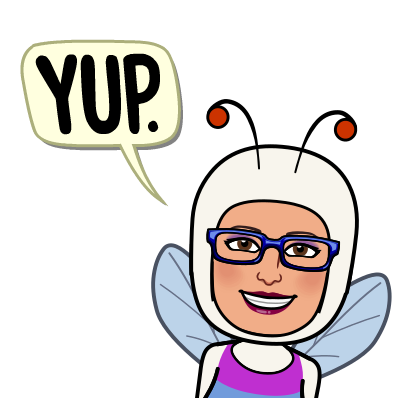
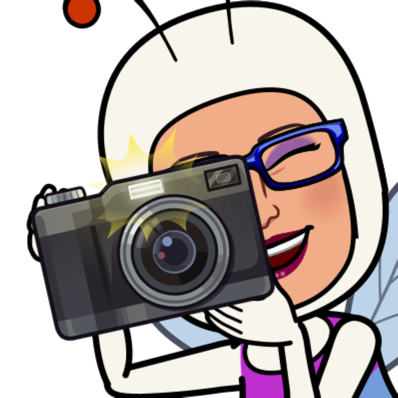
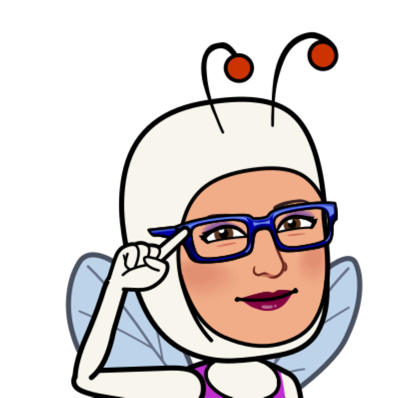
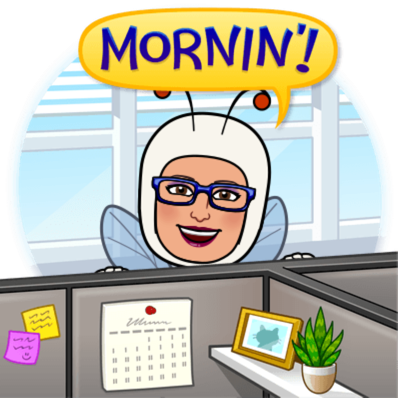
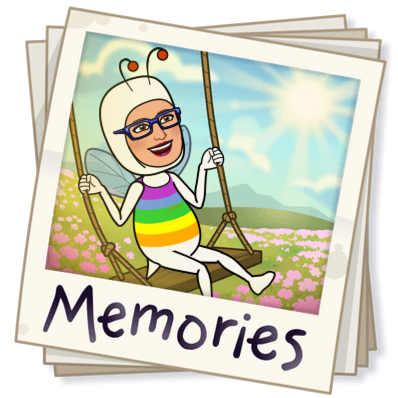

[…] Peter, and I’m a primary school teacher. I came upon your page when I was searching for lesson resources. It was quite interesting because I always wonder what […]